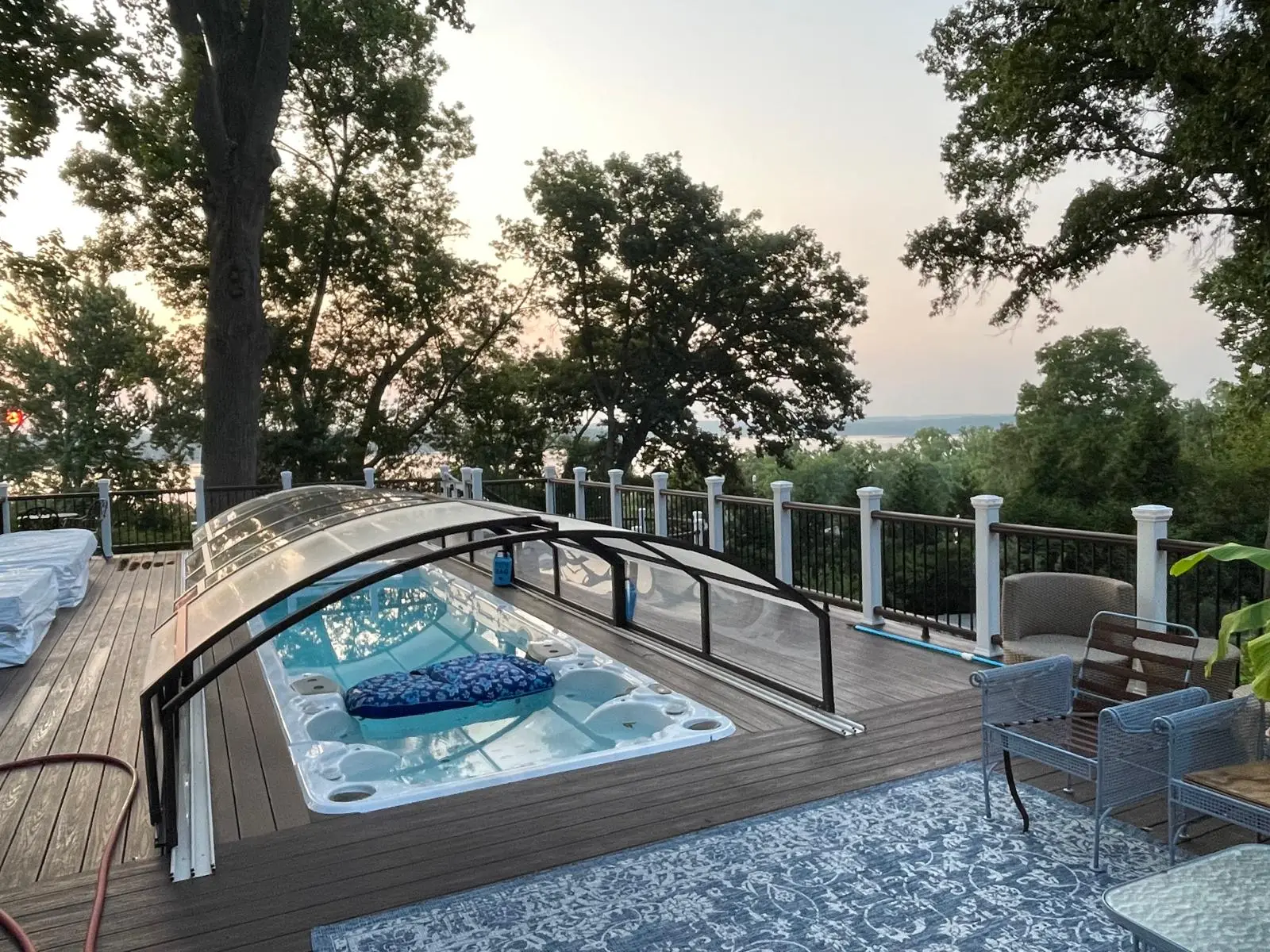
Introduction
If you are looking for a pool shelter for your swimming pool, please be sure to read the following article carefully. It will help you choose the pool enclosure that best suits your needs.
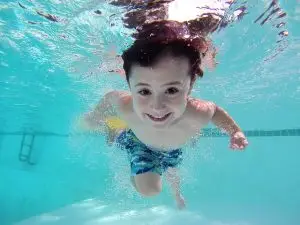
What are Pool Enclosures?
Pool enclosures, also known as pool covers, pool sunrooms, or polycarbonate pool enclosures, is small “shelter” made with an Aluminum as frame and UV-resistant polycarbonate panels that cover the surface of the pool. They protect the pool from harsh weather, prevent unauthorized access, and keep out debris. It provides pool owners with a safer, more comfortable, and convenient swimming environment while reducing maintenance costs.
Why Do You Need a Pool Enclosure For Your Pool?
This will have to mention the many benefits of pool enclosures.
Have you ever worried about the safety of your pool area?
Do you want to swim or host pool parties at home without worrying about the weather?
Have you been troubled by the high cost and hassle of maintaining and cleaning your family pool?
Please read on. By installing the pool enclosures, these troubles will become a thing of the past.

1. Enhancing safety; safety is always paramount and comes first. Installing the suitable pool enclosure can prevent children or unauthorized strangers from entering your pool area.
2. Extend your swimming season; no longer cancel your swimming plans due to rainy days or cold nights. Enjoy swimming and leisure activities according to your schedule all year round.
3. Save energy; reduce pool maintenance and operating costs. When the weather is cold, closing the pool enclosure and turning on the heater to warm the pool water can prevent heat loss, maintain water temperature, and significantly reduce heating expenses, thus saving a considerable amount of energy bills for heating the water.
4. UV light protection; Our panels are made of solid polycarbonate sheets, with added anti-UV coatings on the surface. This helps shield your skin from damage caused by UV rays.
5. Block leaves, debris, insects, birds, and other debris from falling into your pool; Have you ever been frustrated by the constant cleaning of leaves? Our pool enclosure can easily solve this problem for you, significantly reducing the working time of your filters and pool equipment. You also don’t need to spend a lot of time and money cleaning the pool; you can have more time for swimming and exercise.
6. Extend the lifespan of your pool and pool equipment; a pool enclosure provides excellent protection for your pool and related equipment. This will significantly prolong the lifespan of your pool and equipment, reducing maintenance costs.
7. 100% maintenance-free; our pool enclosure is designed for long-term outdoor use, easy to operate, convenient to use, with no maintenance expenses .
8. Versatility; If designed as tall pool enclosures, they can also serve as sunrooms, protecting your pool while doubling as sunrooms. They are the perfect choice for expanding your backyard or outdoor space.
9. Enhance the value of your property; It will also provide excellent appreciation for your property.
The benefits of a pool enclosure extend far beyond what I’ve mentioned. By now, you should clearly understand why you must have your own pool enclosure, right?
Types Of Pool Enclosures

There are many types of pool enclosures available on the market, but it’s essential to choose one that fits your pool’s surroundings, your main requirements, and your budget.
Below, I’ll introduce some common types of pool enclosures.
If your pool’s surroundings are unique, we can also customize pool enclosures based on your specific pool situation. Just send us pictures and dimensions of your pool surroundings, and leave the rest to us.
Classified By Fixed or Retractable:
1. Fixed Swimming Pool Enclosures, as the name suggests, are permanently installed on the ground and cannot be retracted. However, they can have sliding doors and windows around the perimeter for opening and closing.This type is suitable for colder climates or for customers with limited space around the pool for installing tracks.
2. Retractable Swimming Pool Enclosures, as the name suggests, allow you to retract all sections together or partially fold and unfold them according to your needs.There are two types: Manual retractable swimming pool enclosure and Motor retractable swimming pool enclosure. The Motor retractable swimming pool enclosure is significantly more expensive than the Manual retractable swimming pool enclosure and requires high professional installation expertise, possibly even from an engineer specializing in electronic circuits. Frankly speaking, for the average household, a Manual retractable swimming pool enclosure is sufficient to meet your needs.
3. Partial Retractable swimming pool enclosure.Some parts are movable, while others are fixed to the ground. For customers in cold weather and limited space around the pool who still want retractability, this is a good choice.
Classified By The Height Of The Pool Enclosure.
1. The High profile swimming pool enclosure can also double as an outdoor sunroom. With its tall height, it allows you to walk, stand, and even place some benches, tables, and more inside the enclosure. As you can see in the picture, it’s grand and spacious, but it does use more materials, which makes its production cost much higher.

2. The Medium profile swimming pool enclosure, as its name suggests, is a medium-height enclosure, typically ranging from 1m to 2m in height. You can place benches, and store some items along the edges of the enclosure, but unlike the High profile swimming pool enclosure, you can’t easily walk around or stand freely inside. However, you can close the enclosure and comfortably swim in the pool.

3. The Low Profile swimming pool enclosure, as you can see from the picture, is the smallest in height among the swimming pool enclosures. When using this type of enclosure, it’s usually best to slide away the pool cover from the water surface when you swim.
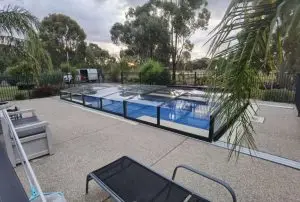
Classified By The Different Types Of Pool Enclosure Roofs.
1. Dome-shaped enclosures are typically used for small family pools or hot tubs.
2. Flat roof enclosures, as the name suggests, have a flat surface or a slightly raised one. While flat pool enclosures may look great, there are some facts I need to share with you. For example, rainwater cannot slide off quickly, and snow and dirt are more likely to accumulate on top, which can cause some inconvenience and trouble for your cleaning and maintenance work.
3. Gable roof, as you can see in the picture, it is simple, practical, easy to assemble, and offers great value for money.
4. Semi-circle roof offers the best value for money and provides excellent snow resistance and insulation. It can withstand snow accumulation of over 1 meter. If you live in places like New York or Toronto, where heavy snowstorms are common, this is the best option for you.
Classified By The Material Used For The Enclosure’s Panels
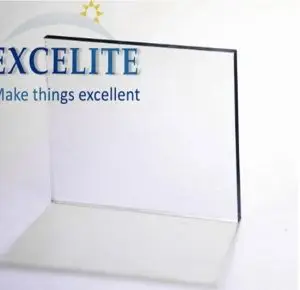
1. Mesh panel, with its metal frame structure and mesh material, is unable to provide rain or wind protection. Additionally, its overall price is similar to that of polycarbonate sheet panels.
2. Polycarbonate sheets as panels, with a 100% pure aluminium frame, uses solid polycarbonate sheets as screens. These solid polycarbonate sheets have undergone UV coating treatment, making them suitable for long-term outdoor use. They possess excellent impact resistance, are lightweight, wind-resistant, and rainproof. Whether it’s windy, rainy, or a hot afternoon, you can swim and exercise according to your schedule whenever you want.
3. Tempered Glass, with a metal frame structure, uses tempered glass as panels. Glass offers excellent transparency but is heavier and more expensive compared to polycarbonate sheets panels.
Pool Enclosure Price
After discussing so much about pool enclosures, you’re probably eager to know the price, right? The cost of a pool enclosure depends on various factors such as the size of the pool, the materials used, the type and shape of the enclosure, and the complexity of the design. Generally, the cost of a DIY pool enclosure ranges from USD 3,998 to USD 59,998.
If you want to find out how much it would cost to build a pool enclosure for your pool, please contact our professional customer service team. Our factory will provide you with free guidance, advice, and a door-to-door service quote.
Pool Enclosure Accessories
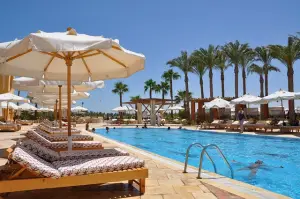
This section introduces some accessories for pool enclosures. Although these accessories may seem unimportant, some are essential parts of your pool enclosure and might even be required by local laws and regulations. Here are some brief introductions:
Lighting and illumination: Used for lighting the pool area in low light or at night.
Door and lock configurations: Some cities may require these by law to enhance the safety of the pool area and reduce the risk of accidents.
Heating equipment: Used to heat the pool water, and when combined with the pool enclosure, it can significantly reduce heating costs.
Cleaning equipment: Includes filters and pumps that remove small debris, sand, hair, and fine fibers from the water to keep it clean.
Safety equipment and alarm systems: Devices and systems used to enhance the safety of the pool enclosure, such as safety alarms or surveillance cameras.
These accessories are also essential considerations. They can significantly enhance the functionality and comfort of your pool.
Pool Enclosure Maintenance
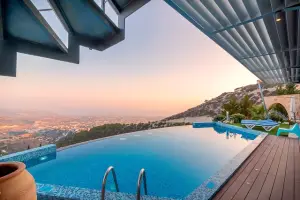
This might also be some knowledge you’d want to pay attention to and understand. Performing simple maintenance on your pool enclosure regularly can significantly enhance the safety and aesthetics of the pool area. Here are some common pool enclosure maintenance methods and precautions:
1. Cleaning, Clean the pool enclosure and the surrounding area regularly, including the surface of the pool enclosure and metal frames. Use clean water to rinse. If needed, use a soft cloth or sponge with an appropriate cleaning agent to wipe and rinse, removing surface dust and dirt, making the pool enclosure and pool area look clean and bright.
2. Safety inspection, check if the alarm system is working properly, and ensure that the door locks, ground locks, windows, etc., are intact and undamaged.
3. Inspect the frame structure to ensure stability and sturdiness. Check for any loose connections, screws, nuts, and make necessary adjustments, maintenance, or replacements promptly.
4. Maintain the tracks, rollers, sliding doors, and windows by promptly cleaning or removing any debris that may obstruct the track’s movement to prevent debris from getting caught in the rollers and affecting their operation.
5. Seasonal maintenance, such as during hurricanes or heavy snowstorms, involves closing the pool enclosure to ensure it’s tightly sealed. If necessary, use windproof ropes or promptly clear away accumulated snow.
The frequency and methods of maintaining the pool enclosure will vary depending on the type, materials, and usage. Proper maintenance and care can prolong the lifespan of the pool enclosure, ensuring that the pool area remains safe, clean, and attractive at all times.
Pool Enclosure Safety
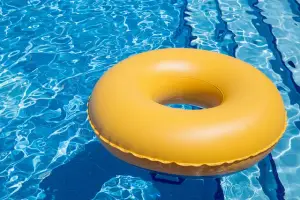
Safety always comes first, no matter what. A pool enclosure not only protects your pool but also acts as a crucial barrier to ensure the safety of the pool surroundings. You can ensure the safety of your pool area by installing a pool enclosure, safety gates, and door locks, thereby reducing the risk of accidents.
It mainly includes the following aspects and precautions:
1. Pool Fence Design and Regulations:
The pool fence should be designed to comply with local safety regulations and legal requirements, including fence height, materials, and structural stability.
2. Safety Gates and Locks:
The pool fence should have safety gates equipped with reliable locking mechanisms to prevent children from unintentionally accessing the pool area.
3. Use of Transparent Panel Materials:
If the fence utilizes transparent materials such as glass or plastic panels, it is essential to ensure both strength and clarity to prevent accidents from collisions or glass breakage. Our polycarbonate sheets address this concern perfectly, as they are virtually unbreakable, with impact resistance 30 times higher than tempered glass and approximately 300 times higher than regular glass.
4. Safety Alarm System:
For added security, many households install sound alarms or surveillance cameras at the entrance of the swimming pool area. These devices emit alarm signals when unfamiliar individuals enter, serving as a warning.
5. Regular Inspection and Maintenance:
Regularly check the structure of the pool fence and the working condition of all accessories, and promptly perform maintenance and repairs as needed.
6. Safety Education and Signs:
Install safety warnings and signs around the pool fence, such as “No running around the pool,” “No pushing or prolonged soaking in the pool,” and “Leave the pool immediately in bad weather, especially during lightning.” Communicate safety precautions and emergency measures to every swimmer to increase awareness and importance of pool safety.
By implementing effective pool fence safety measures, you can significantly reduce the occurrence of accidents in the pool area and ensure that your pool area is always safe.

